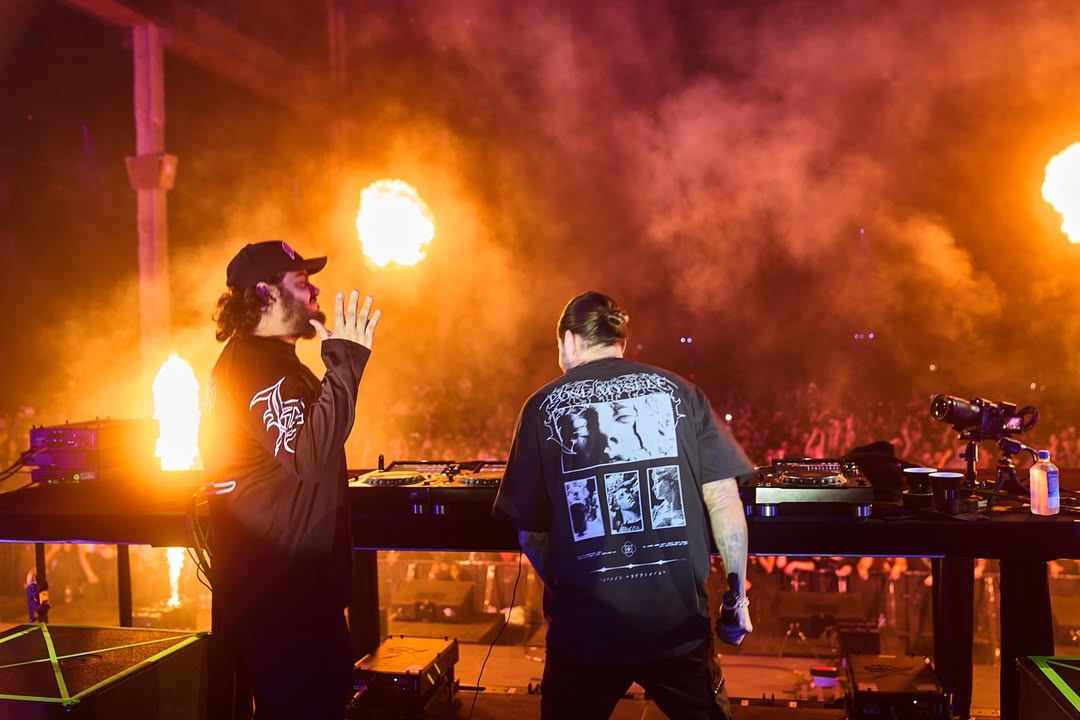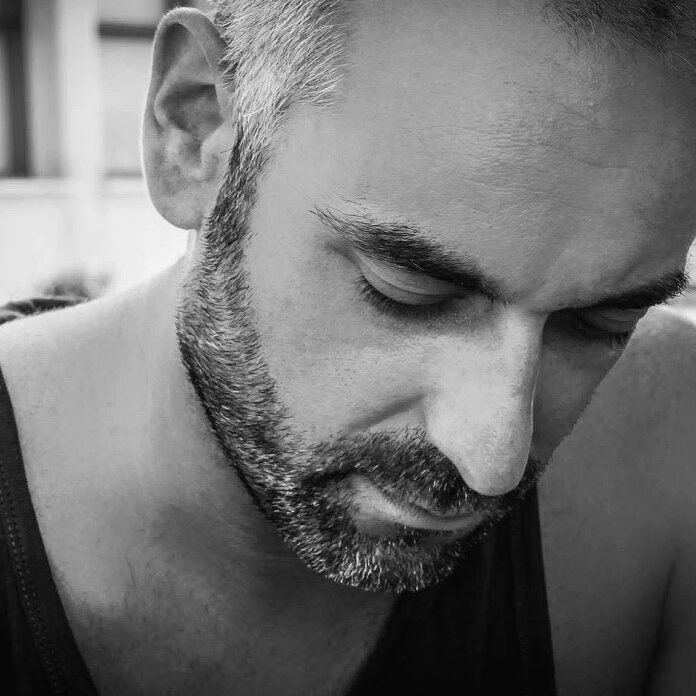The term "master" is never really defined in Avatar: The Last Airbender, but the series did an astonishingly subtle job in establishing what defines true mastery without ever saying it. Most of the White Lotus members appear in the show's first season even before the secretive group reveals themselves, and in each of the old master's debuts, they prove what a real master can do. Mastery in Avatar is every bit as much about restraint as it is about power, and the White Lotus proves it.
It would be easy to look at the most powerful feats of bending in the Avatar franchise and assume that denotes who the most powerful benders are, but the series establishes early on that there is much more to mastery than raw power. Key moments early on in the series, such as Aang's ability to navigate lethal combatants nonlethally and Zuko's own decision to spare Zhao in their Agni Kai, show the importance of restraint over raw strength.
However, more than those moments, the members of the White Lotus showcase impressive displays of restraint in each of their debuts, proving exactly what a true master is. Bumi's duel with Aang provides one of the earliest examples. Not realizing who he was truly facing, Aang fights the King of Omashu in a one-on-one match, where it eventually becomes apparent that Bumi was simply testing Aang the entire time.
He reduces the ground beneath Aang to sand, molds a boulder redirected at him into harmless grains, and ends the match by floating a mass of rock above both of them that makes it apparent who the true victor of their match should be. His previous moves in the match show how easily Bumi could bring the mass of rock down atop them, destroying Aang while keeping himself free of harm, and it is in not doing this that Bumi proves himself a master.
The point becomes far more explicit in "The Deserter," where the firebending master Jeong Jeong preaches the same restraint. Contrasted against Admiral Zhao, whose flailing attempts to destroy Aang leave his own fleet of ships in shambles, Jeong Jeong performs some of the most impressive displays of firebending in the series without ever harming anyone. He raises a massive wall of flame he could have easily used to scorch his opponents on the spot, and showcases even further control at the series' end during Sozin's Comet.
This becomes a theme by the end of the first season, when Katara battles Master Pakku of the Northern Water Tribe. Similar to his companions in the White Lotus, Pakku had every opportunity to slay his opponent if he so desired. Their fight terminates when Pakku brings a rain of ice spears down on Katara that could easily skewer her, yet he is so precise that he pins her limbs in place instead. By the time the last White Lotus member is introduced, Piandao faces off against Sokka in a duel where he slices through stone, navigates the battlefield while blinded and ultimately congratulates Sokka on passing the test he was administering. Each of the old masters is singular in their skill not because of their power, but in how they focus it.
The show never goes to the extent of making such restraint explicit, but by the series end, it is clear they are the defining traits of mastery. Plenty of other benders showcase raw power that could be impressive on its own, but it's only the true masters who manipulate that power with such precision that they remain in total control, no matter how dire the battle ahead of them.
Such subtle details are part of what makes Avatar such a fascinating world. At its core, the series is all about balance, and even in the smallest details, it's balance that stands out as the defining trait of a true master.
About The Author

